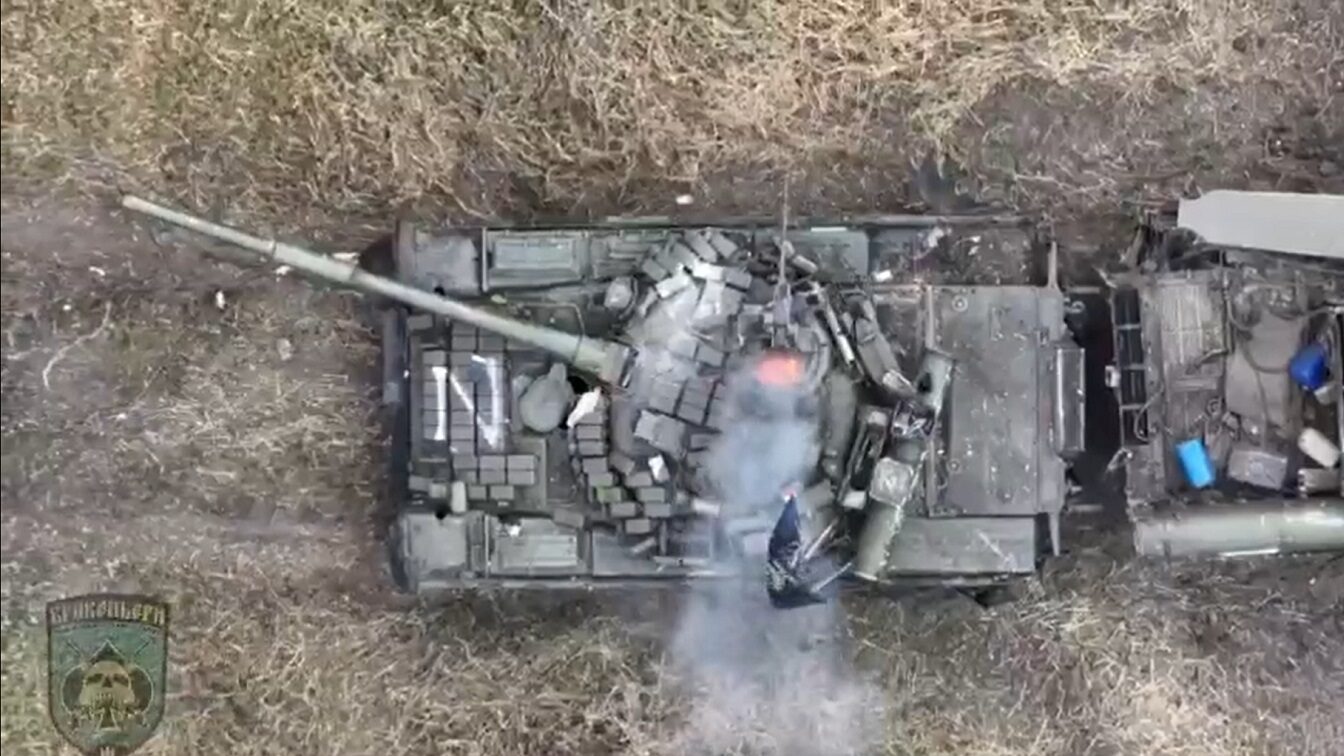Last week, Ukrainian forces executed a stunning offensive in Kharkiv Oblast, driving Russian troops back in a near panic and recovering thousands of square kilometers of territory. The advance appears to have shocked Russian defenders, who, for the most part, retreated in good order but left behind enormous stockpiles of equipment and munitions. On Wednesday, Ukrainian President Volodymyr Zelenskyy conducted a photo op in recently recaptured Izyum, a city that had seen intense fighting in the first months of the war and that lays astride a network of critical rail communications.
In effect, the offensive has introduced a new stage of the war, which may well involve the re-conquest of territory captured by Russia in the first week of the conflict.
Ukraine vs. Russia: Competing Information Economies
The successful offensive may serve as another demonstration of significant problems with Russia’s information economy. Numerous independent commentators on the Russian side appear to have sounded the alarm about the Ukrainian buildup and the weakness of Russian defenses, but these warnings went unheeded in senior command and political circles. Moscow’s attention seems to have been firmly focused on Kherson, where Ukraine is waging another offensive, albeit at a much slower pace. The Ukrainians, by contrast, seem to have their information ops wrapped up tight, and to have developed a strong intelligence sharing relationship with the United States. They immediately wrapped the offensive into their broader narrative about the war, which frames it as a heroic struggle for national existence.
The Political War
The offensive is a massive political victory for Ukraine, which had struggled to demonstrate to domestic and international audiences that it could reclaim territory conquered by Russia. The success could not have come at a better time as it would seem to answer complex questions being asked in Berlin, Paris, and Washington about the prospects of additional arms transfers. Ukraine now has very good answers to those questions: Keep the flow of equipment coming, and we will drive the Russian invaders out of our country.
For Russia, the message is less pleasant; in one of the greatest breakup letters of all time, President Zelenskyy made clear that Ukraine could and would look forward to a future with Russia.
Ukraine Escalation Concerns
The Ukrainian victories have reignited concerns about escalation, which had slept uneasily over a summer characterized by stalemate. The advance would seem to create a massive political and military problem for the Kremlin, demonstrating that Ukraine is showing no signs of subdual after six months of war. Russia is suffering from both equipment and manpower problems, possibly limiting its ability to mount a significant counter-offensive in the near future. Moreover, the opening of Kharkiv Oblast opens considerable room for Ukrainian HIMARS to strike deep into the Russian logistical network.
Given these developments, some Westerners have worried that the Kremlin might become more aggressive, either initiating a full mobilization or launching more deadly attacks into Ukraine proper. The latter concern appeared to play out with several precision-missile strikes against Ukrainian water and power infrastructure over the last several days. Some have even breathed the possibility that Russia might resort to the use of nuclear weapons to demonstrate a fait accompli and quickly break Ukrainian resistance.
Another separate but related concern revolves around the newfound proximity of Ukrainian forces to the Russian border. Thus far, Russia proper has remained largely untouched by the war, apart from a few air and missile strikes and possibly some special operative activity. Ukraine now has the position and the equipment to strike deep into Russia, with the potential to cause serious damage to both civilian and military infrastructure. While at least the latter would be perfectly permissible under the Law of Armed Conflict, it would also cause heartburn in Western capitals. Indeed, the successful Ukrainian advance opened up questions about the possibility of retaking Crimea, which many believe could be a Russian “red line” for massive retaliation.
Work Left to Be Done in Ukraine
Much remains to be done. At the moment of this writing, Russian forces appear to have established a defensive line at the Oskil River and behind the international border. Indeed, the Ukrainian advances may have actually extended the overall length of Kyiv’s defensive lines, as Ukrainians still need to account for Russian forces remaining in Russia proper. Russia remains firmly in control of large parts of the Donbas and the south, where Ukrainian offensive action has yet to meet with the same obvious degree of success that they’ve enjoyed in the northeast.
If the Ukrainians can drive Russia out of Kherson at an acceptable cost, we’ll have an entirely new war (and a new set of political and strategic problems) on our hands.
Expert Biography: 19FortyFive Contributing Editor Dr. Robert Farley has taught security and diplomacy courses at the Patterson School since 2005. He received his BS from the University of Oregon in 1997, and his Ph. D. from the University of Washington in 2004. Dr. Farley is the author of Grounded: The Case for Abolishing the United States Air Force (University Press of Kentucky, 2014), the Battleship Book (Wildside, 2016), and Patents for Power: Intellectual Property Law and the Diffusion of Military Technology (University of Chicago, 2020). He has contributed extensively to a number of journals and magazines, including the National Interest, the Diplomat: APAC, World Politics Review, and the American Prospect. Dr. Farley is also a founder and senior editor of Lawyers, Guns and Money.

